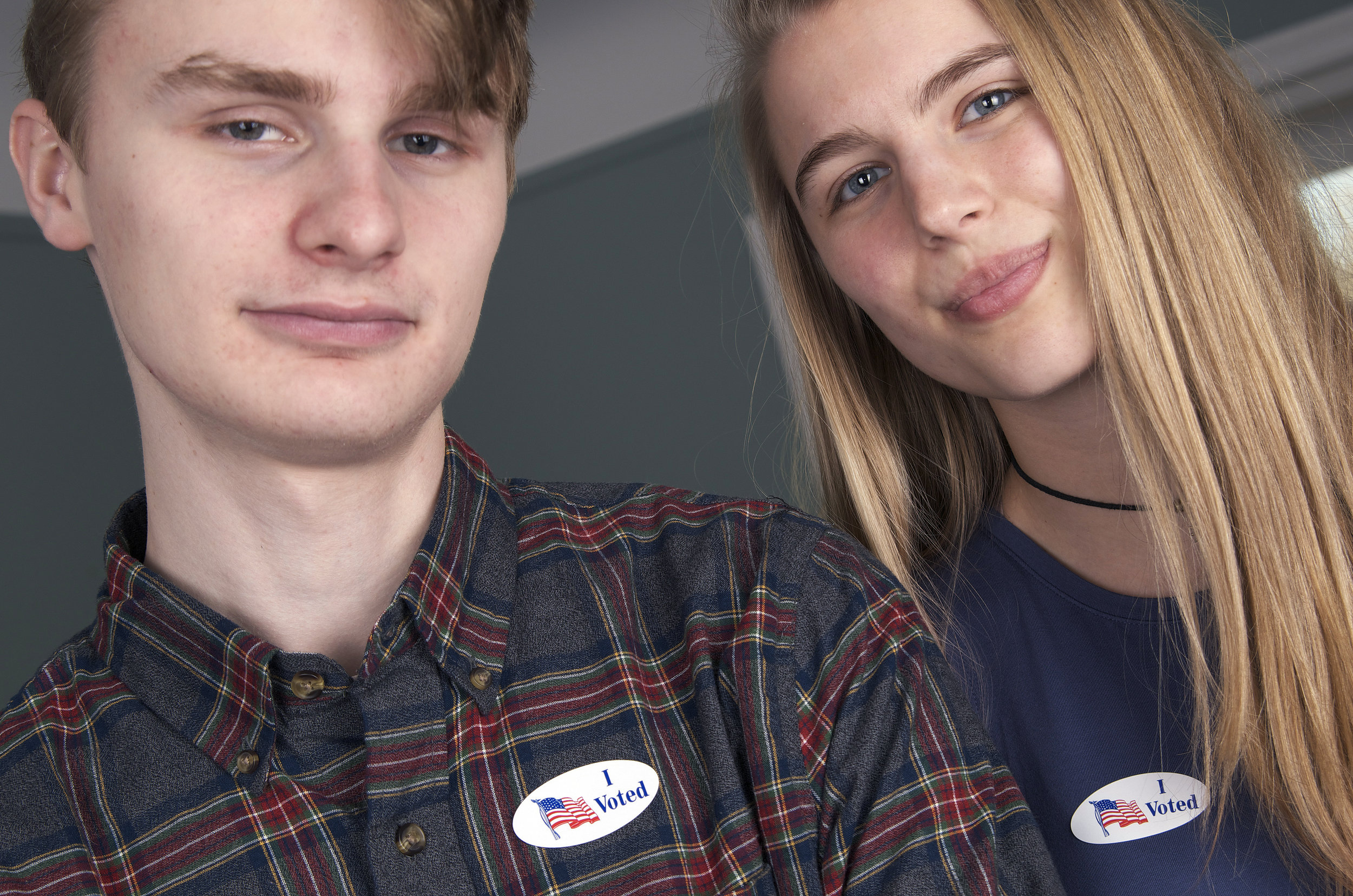Last week, I watched a PBS special about the 100 books America loves most (you can vote all summer for your favorites!). As I sat there, I tried to remember exactly how long it had been since I read a book. Too long, apparently. I couldn’t recall.
This was alarming to me. Books – actual paper books you hold – are such a fundamental part of my identity that I have put off cataract surgery for over a dozen years because I am afraid to lose the ability to literally bury my nose in a book. As a kid, I would lock myself in the bathroom for hours because no one would interrupt my reading in there. (In hindsight, I realize my parents knew exactly what I was doing and were kind enough to indulge me. Mostly.) I still wear my socks with the flying books on them.
So, I panicked, did a little research, and bought a new book. Then I spent an entire day over Memorial Day weekend – about 13 hours-- reading it. I rediscovered a few things between the pages:
Sleep
My reading day took place on a sofa under a huge window, so in natural light. The TV was off all day except during meals. No radio, either. The phone was in another room. I read and read and read until my eyes wanted to fall out. It was good to know I could still focus like that.
I went to sleep at a reasonable hour, too. 10 or 11, I think. And I slept right through.
That hasn’t happened for months. Even the days I do get to sleep on time, I usually wake up a couple of times before my alarm goes off. Sometimes it takes a while to get back to sleep. Sometimes I wake up with just enough time before the alarm that I know it’s useless to try to fall asleep again. Whatever the circumstances, I am exhausted when I get to work.
Not this time.
Eating
I am an emotional eater. Events of the last couple of years have proven this over and over again, to my detriment. Like so many of us, I eat for comfort. Diabetes is not kind to this habit.
But books are. I can fall into the pages of a book as easily as I can fall into a bag of chips. And I don’t eat when I read. It messes up the book. (I am meticulous about my books. I never break the spine on a paperback and if the corners of pages in a book at the bookstore are folded, I will search through all the copies until I find the one that is least imperfect.) During my reading day, I only ate when hunger drove me to it, and only enough to not be hungry anymore.
It was always that way. Why did I forget that?
Stress
This one is the most important.
My attachment to books started during my recovery from meningitis. While re-learning to walk, the only thing I could do where I looked like all the other kids was reading. From then on, I consumed every book put in front of me, for better or worse (my mom handed me Anna Karenina when I was 9. I hated it, but I read it. Only took three years. Oedipus Rex was much faster. I was 10.) It was a great escape from a very hard life. Problem was, the hard things kept on coming, so I kept on reading. And who was going to tell a kid to stop reading so much?
It lessened a little for grown-up things like college and, well, work, but books still allowed me the space to handle my problems on my own schedule. And that’s what I lost when I stopped reading. TV can be entertaining. Podcasts, too. But you can never lose yourself in digital media like you can in a book. Everything is handed to you. There is no exercise of the consumer’s imagination in digital.
I admit it’s a fine line between allowing yourself to be consumed to the point of not dealing with your issues and using the escape of a book to help. All I know is that my anxiety level dropped by about 25% between the recovery of self and the space given by just one day (a day when nothing else was required of me and I wasn’t putting off other responsibilities). I am really glad to have that back, and I can see that books will remain important to me for reasons beyond the story.










